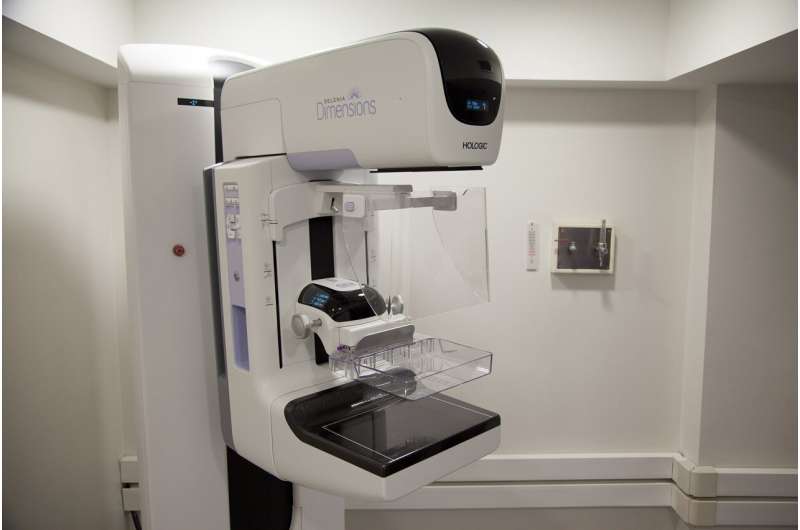
A modeling study found that very small number of deaths averted from breast cancer may be eclipsed by cost and potential harms of overdiagnosis when annual mammography screening is extended past age 75 years. Biennial screening mammography to age 80 years is more cost-effective but the absolute number of deaths averted is small, especially for women with other underlying health conditions. The findings are published in Annals of Internal Medicine.
The U.S. Preventive Services Task Force recommends mammogram screening every other year for women through 74 years and the American Cancer Society recommends mammograms for women beyond age 74 if they have a life expectancy of 10 or more years. These recommendations differ because relatively few women older than 74 were included in randomized controlled trials designed to inform clinical guidelines.
Researchers for the National Cancer Institute and the National Institute of Health used data from SEER (Surveillance, Epidemiology, and End Results) program and Breast Cancer Surveillance Consortium to compare breast cancer death, survival, and cost with annual or biennial mammography screening from age 65 years to ages 75, 80, 85, and 90 across comorbidity levels. The researchers adapted a previously published Markov microsimulation model to assess the interventions in women 65 years or older without a previous diagnosis of ductal carcinoma in situ (DCIS) or invasive breast cancer. They found that mammogram screening every year after age 75 did not provide more benefit than harm with regard to a woman’s quality of life and the cost of care. But mammogram screening every other year from ages 75 to 80 did provide more benefit than harm; however, few deaths were avoided, especially for women with comorbid conditions. According to the study authors, women considering screening beyond age 75 years need to weigh the harms of overdiagnosis versus the potential benefit of averting death from breast cancer.
American College of Physicians

